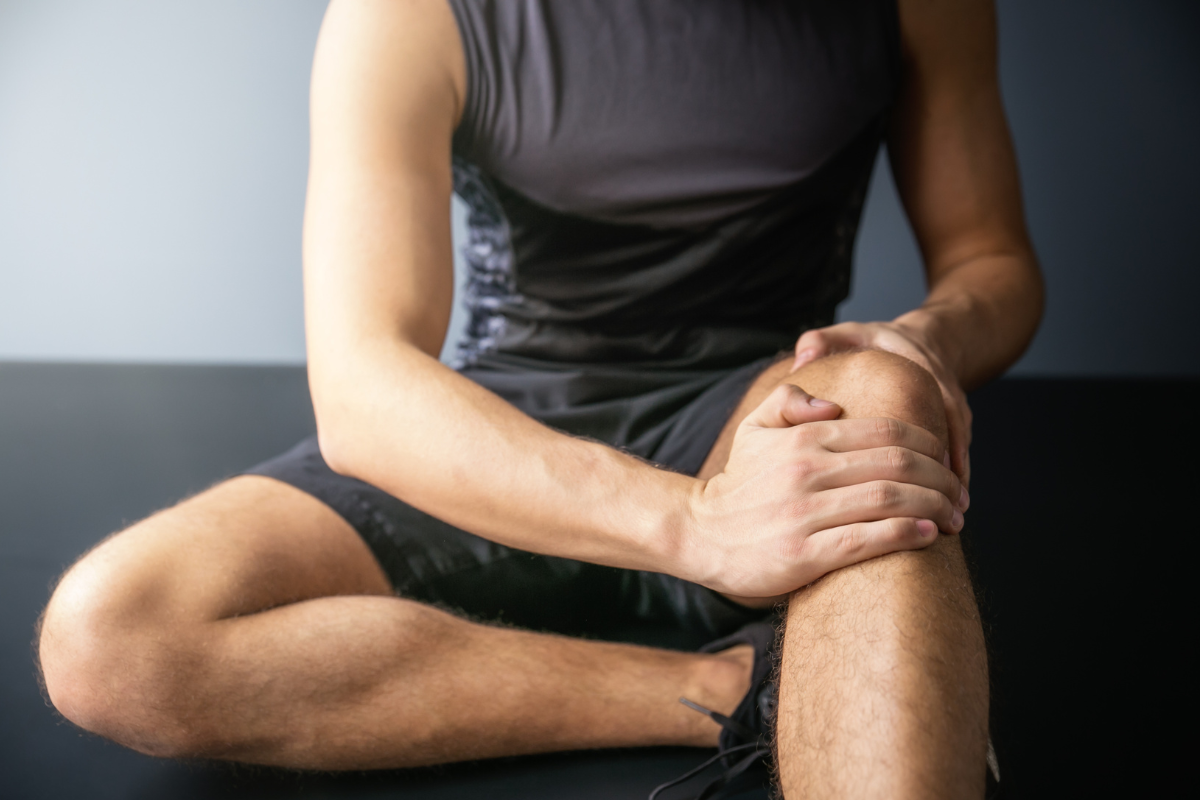Introduction
Joint pain is a common concern among individuals active in physical training. One specific type of joint pain known as Closing Angle Joint Pain deserves attention due to its unique characteristics. In this article, we will explore the nature of CAJP and its biomechanical implications. Also, we’re looking at the strategies for managing and training around this condition.
What is Closing Angle Joint Pain (CAJP)?
Closing Angle Joint Pain refers to the discomfort or pain experienced during a specific phase of a movement or exercise. Unlike traditional joint pain, you can feel CAJP primarily on the opening or underside of a joint. At the same time, the closing or top side remains pain-free. Individuals with Closing Angle Joint Pain may experience a sensation of stretch on the opposite side during certain movements.
Biomechanical Nature of CAJP
CAJP is a biomechanical problem. It occurs when the tissues surrounding a joint are restricted. Or when it lacks sufficient flexibility on the opening or underside of the joint. It is important to note that forcing a movement or stretching excessively in an attempt to alleviate CAJP can lead to further damage or exacerbate the condition. Therefore, a more mindful and cautious approach is necessary when dealing with CAJP.
Training Strategies for CAJP
If you experience CAJP, it is crucial to train with what you have and avoid entering the closing angle pain. This means working within a smaller range of motion that doesn’t provoke discomfort or pain. By focusing on the pain-free portion of the movement, you can still engage the muscles and tissues without aggravating the affected joint. Incorporating modifications and alternative exercises, such as those provided in Roll Fold Bend’s BODY series, can help you work towards overcoming the restrictions causing CAJP while minimizing the risk of aggravating the affected joint.
Seeking Professional Guidance
For individuals experiencing persistent CAJP or with concerns about joint health, seeking professional guidance is highly recommended. A qualified fitness instructor specializing in mobility training (hello there!) can provide personalized recommendations and assist in designing a training program that caters to your specific needs. Their expertise, combined with the tailored workouts in the BODY series, can support your journey to manage and improve CAJP effectively.
Conclusion
Closing Angle Joint Pain can be a challenging obstacle for individuals engaged in physical training. Understanding the biomechanical nature of CAJP and adopting appropriate training strategies, including modifications and alternative exercises from Roll Fold Bend’s BODY series, are key to managing and training around this condition. By working within a pain-free range of motion, seeking professional guidance, and prioritizing joint health, individuals can continue their fitness journey while minimizing the risk of further damage. Remember, training with what you have and respecting your body’s limitations is crucial for long-term joint health and overall well-being.




